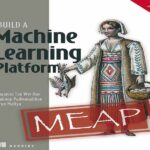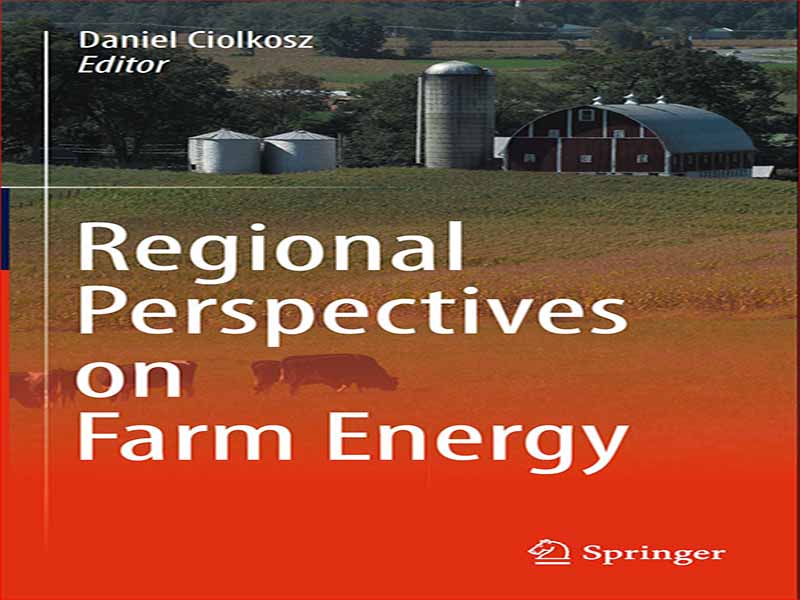- عنوان مجله: Regional Perspectives on Farm Energy
- نویسنده: Daniel Ciolkosz
- حوزه: مزرعه انرژی
- سال انتشار: 2022
- تعداد صفحه: 153
- زبان اصلی: انگلیسی
- نوع فایل: pdf
- حجم فایل: 5.18 مگابایت
در یک مفهوم گسترده، مزارع همیشه “انرژی محور” بوده اند، زیرا آنها با تبدیل انرژی خورشیدی به انرژی شیمیایی ذخیره شده از طریق فتوسنتز (یعنی رشد محصولات زراعی) عمل می کنند. برای برخی از مزارع، این انرژی ذخیره شده محصول نهایی به شکل یونجه، غلات، الیاف گیاهی و مانند آن است. با این حال، بسیاری از مزارع برای انتقال انرژی ذخیرهشده به شکل شیر، گوشت، انرژی حیوانی و غیره، «زیستپردازی» بیشتری انجام میدهند. استفادههای اضافی و کمتر آشکار از انرژی خورشیدی در مزرعه شامل گرم شدن گلخانهها از طریق بهرهبرداری خورشیدی و استفاده از باد (که محصول جانبی تشعشعات خورشیدی روی زمین است) برای تهویه سازه های کشاورزی. با این حال، چنین رویکرد فلسفی به انرژی مزرعه، اگرچه جالب است، اما معمولاً کاربرد عملی محدودی دارد. در عوض، زمانی که از مصرف انرژی در مزرعه صحبت می کنیم، معمولاً از معنای محدودتر کلمه “انرژی” بر حسب الکتریسیته یا سوخت (جامد، مایع یا گاز) استفاده می کنیم که برای انجام کار یا تامین گرما استفاده می شود. مزرعه. انرژی مزرعه را میتوان توسط ارگانیسمهای بیولوژیکی (یعنی ابزارهای مزرعهای با هدایت حیوانات یا سیستمهای گرمایشی مبتنی بر کمپوست) تولید کرد، اما معمولاً توسط دستگاههای مکانیکی (مانند موتورها، موتورها، دیگها) تولید میشود. استفاده از انرژی در مزرعه دو هدف اصلی دارد: جایگزینی نیروی کار و انجام کارهایی که غیر از این نمیتوان انجام داد.
In a broad sense, farms have always been “energy driven“, since they function by transforming solar energy into stored chemical energy via photosynthesis (i.e. the growing of crops). For some farms, this stored energy is the final product, in the form of hay, grain, plant fibers and the like. However, many farms carry out further “bioprocessing“ to move the stored energy into the form of milk, meat, animal-based power, etc. Additional, less obvious uses of solar energy on the farm include the warming of greenhouses through solar gain and the use of wind (which is a byproduct of solar radiation on the earth) to ventilate agricultural structures. However, such a philosophical approach to farm energy, while interesting, is usually of limited practical use. Instead, when we speak of energy use on the farm, we usually are using a narrower sense of the word “energy” in terms of electricity or fuel (solid, liquid, or gaseous) that is used to carry out work or provide heat on the farm. Farm energy can be produced by biological organisms (i.e. animal driven farm implements or compost-based heating systems), but it is usually produced by mechanical devices (i.e. motors, engines, boilers). Energy use on the farm has two main purposes: replace labor and perform tasks that cannot be done otherwise.
این کتاب را میتوانید از لینک زیر بصورت رایگان دانلود کنید:
Download: Regional Perspectives on Farm Energy



































نظرات کاربران